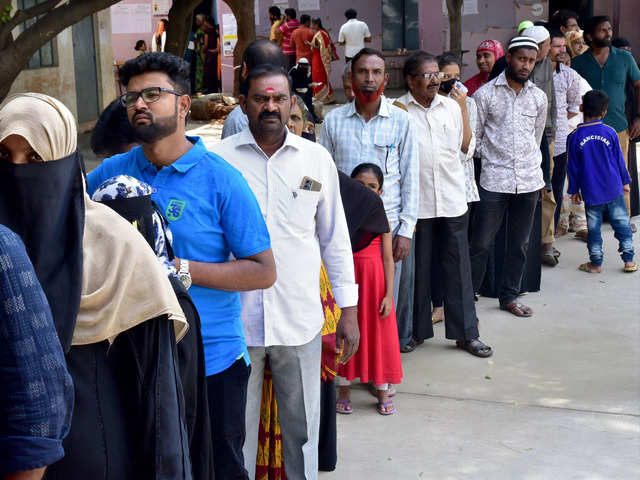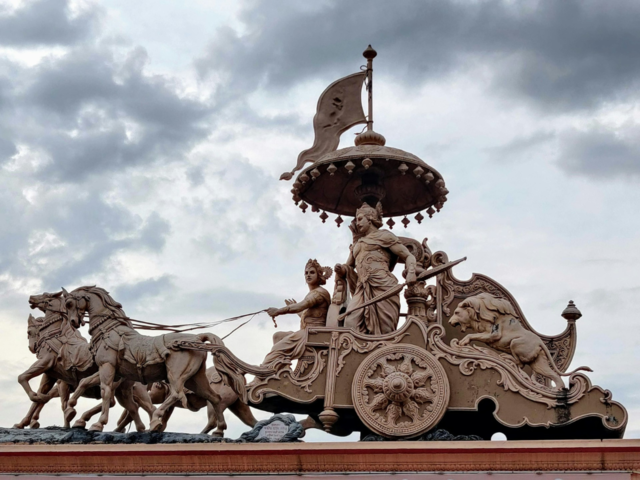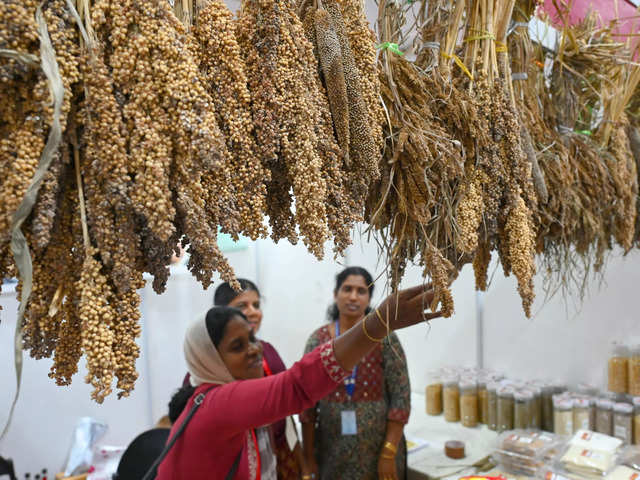
Hasbro
Some of the most popular games from Hasbro's stable are Monopoly, Jenga, Connect 4, Cluedo and Twister
Dec 11, 2020, 18:45 IST
brands
Hasbro is committed on making India a top investment destination over the next 3-4 decades: Bhavesh Somaya, Hasbro
Dec 11, 2020, 18:45 IST
Some of the most popular games from Hasbro's stable are Monopoly, Jenga, Connect 4, Cluedo and Twister
Hasbro officially entered India in 2017 and since then has been steadily working towards expanding its presence in the country.- We speak to
Bhavesh Somaya , Country Manager – South Asia, Hasbro on the brand's journey in India so far and why India continues to hold importance for Hasbro in the global scheme of things.
Over the years, there has been an increasing interest in
Currently, the Indian toy industry, which is largely unorganized, is estimated to be between $1.2-1.5 billion. Considering the size of the country and the fact that a sizeable population is young, the opportunity for the games and toys industry here is huge. Meanwhile, Prime Minister
The market in India currently comprises a handful of local players, and a few global players including Hasbro, Lego and
Over the years, one brand that has been consistently and strategically been growing its presence in the country is American toy manufacturer Hasbro, makers of the legacy board game, Monopoly. The brand officially came to India in 2017 and in its 3 years of existence in the country has worked on a steady growth strategy for itself.
We recently caught up with Bhavesh Somaya, Country Manager – South Asia, Hasbro to understand the brand’s journey in India so far, its performance this year, and its growth strategy for the next few years.
Hasbro’s journey in India so far
Despite launching in India officially in 2017, Hasbro games like Monopoly were available in India through its partnership with homegrown toy brand Funskool. However, for the past 3 years, the brand has expanded its presence by partnering with retail outlets like Hamleys and by also doubling down on e-commerce platforms.
2020 has been difficult year for most industries and the initial lockdown months was challenging for Hasbro too. However, the surge in interest in board games has meant that there has been a surge in demand for many of its offerings including Monopoly,
“Our story in India since our launch in 2017 has been one of continuous growth, right up to 2019. 2020 has been a bit of an interruption, but not something that will reign in our ambitious plans for a very long time. We are already back on track,” said Somaya.
On how the lockdown months were in terms of demand and business, Somaya said that while the initial months were challenging, considering toys and games don’t fall under essentials, once things started opening up, there was a massive spike in demand. “There was, in fact, a massive short-term increase in business. And the one category that led it all was board games. This spike wasn’t just driven by the natural demand that occurred in the market, but also by one of our very successful campaigns, #BringHometheFun. This campaign underlined how families can use this period and get together and have fun. The fact that people were getting the time to spend with their families really helped us drive that momentum with our brands, especially the board game brands,” he shared.
Innovation, diversification and localization
Over the years, the brand has consistently worked on innovative variants of its popular games like Monopoly. Despite its traditional variant being hugely popular, over the years, we’ve seen interesting variants like Game Of Thrones Monopoly, Stranger Things Monopoly and for those who cannot complete any game without cheating, a Cheater’s Edition for the game. The goal has been to keep things interesting and topical.
The focus also has been on localization. There is a
Meanwhile, globally, the brand has been diversifying its business. Its focusing on merchandizing and also getting into newer avenues like audio stories. Throwing light on the brand’s varied revenue streams, Somaya said, “Our core bread and butter is our toys and games portfolio. We also have a licensing business, where we license our popular brands like Transformers, My Little Pony, Monopoly and Play-Doh to different partners who create different products. We are also into live branded entertainment. We have broadcasts and content creation. We create series and content on Transformers which we place and popularize in media channels. We also have digital games and apps that we license.”
On whether they are looking at entering these different spaces in India too, he said, “We are definitely looking at expanding these offerings in India too, because it really helps us bring forward our brand blueprint. We aim to make that a holistic approach to how we engage and involve with our consumers on the ground.”
Why India is a critical market for Hasbro
Meanwhile, following PM Narendra Modi’s clarion call to startups and entrepreneurs to create innovative toys in India to become self-sufficient, Hasbro has significantly increased manufacturing in the country. The plan is to ensure that more than half of the products domestically sold, are manufactured in India in the next couple of years.
Somaya also shares that a lot of Hasbro’s international manufacturing footprint is now focused towards expanding in India. And the brand is not only manufacturing in India simply to cater to the Indian market. A lot of the products being manufactured here are being exported to other countries too. “We have significantly invested in building technological capabilities and our vendor partner footprint in the country to be able to enable us export out of the country. That's a very exciting part of our growth journey in the future,” he explained.
So how important is India as a market for the brand in the global scheme of things? “Over the last four years, the kind of growth that we’ve seen in India has made senior management extremely confident that India will be a big destination of investment for the organization. India is being prioritized as a source of manufacturing and increasing manufacturing footprint. Secondly, there’s been an increasing flexibility of the global organization to allow us to innovate our toys in India for India. So we are really starting to participate in the larger sort of ecosystem of local innovation, and local product development. There’ll be some amazing innovations coming out soon that will go on to show how committed we are to the country. And finally, the kind of reinvestment we’re making through our advertising and promotion spends in the country are far ahead of our growth expectations. So those are the three things that make me very confident that the organization has its sights fully focused, and its commitment to ensuring that India becomes an investment destination for the next at least three, four decades.”
INSIDER INTELLIGENCE REPORTS







